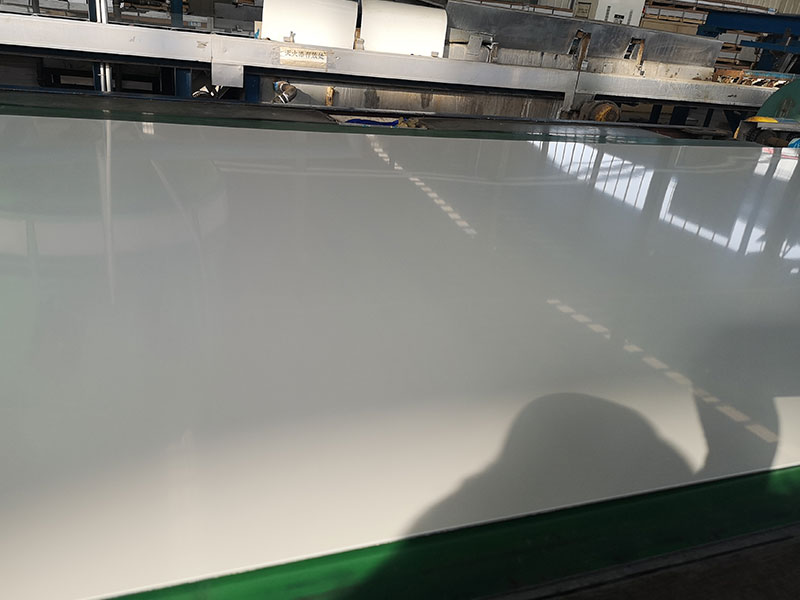Anodized aluminum sheet 2024 2A12 2A14 2219 2A50 2020
Aluminum alloys such as 2024, 2A12, 2A14, 2219, 2A50, and 2020 have long stood at the forefront of high-strength structural materials, particularly favored in aerospace, automotive, and industrial applications. When these alloys undergo anodizing—a sophisticated electrochemical process—the resulting anodized aluminum sheets achieve enhanced surface resilience, corrosion resistance, and aesthetic versatility.
Inside the Makeup: Why These Aluminum Alloys Matter
- 2024 & 2A12: Derived primarily for aerospace applications, these alloys excel in mechanical strength. Their copper-rich composition yields fatigue resistance but can be susceptible to corrosion—necessitating protective anodizing.
- 2A14 & 2A50: Patented Russian nomenclatures, roughly analogous to Western high-strength aluminum-copper-magnesium combinations, prized for weight-sensitive load-bearing structures.
- 2219: With unique enhancements such as increased weldability and heat resistance, this alloy is indispensable for applications where thermal stresses occur, including rocket and aircraft components.
- 2020: A heat-treatable aluminum alloy tailored for machinability combined with high strength.
The Anodizing Advantage: A Technical Synthesis
Anodizing forms a thick, dense oxide layer toe-hinged to the metal surface via an electrochemical reaction. For these engineered optical metals, it offers:
- Corrosion resistance enhancement beyond that achievable through conventionally applied paints or coatings, essential for copper-and-magnesium-containing alloys prone to environmental oxidation.
- Improved wear resistance by creating a hard, resilient surface—ideal for moving parts or structural elements subjected to abrasive friction.
- Enhanced surface adhesion properties, a boon for subsequent processing stages such as painting or adhesive bonding.
- Coloring and aesthetic uniformity, made possible by dye absorption in anodic pores, useful for signage or aircraft ID markings.
Unique Applications of Anodized Sheets by Alloy Type
-
Advanced Aerospace Frames (2024/2A12/2A14): The naturally high tensile strength combined with the nuanced anodized coating provides vital durability without a weight penalty in fuselages and wing skins.
-
High-Temperature Aircraft Engine Components (2219): Anodizing shields these parts from oxidation due to exhaust heat, extending operational life while sustaining mechanical integrity.
-
Structural Components in High-Performance Automobiles (2A50): Heat treatability and fatigue endurance enhanced by anodic surface hardness caters to chassis and subframe applications where both strength and lightweight construction matter.
-
Precision Machined Housings & Zeal Calls for Better Machinability (2020): For sections demanding tight tolerances, anodized 2020 sheets provide a blend of strength and surface chemistry favorable to machining and post-machining corrosive service.
Engineering Insights: Quality Control & Customization
Instrumental in maximizing anodized aluminum sheet functionality is stringent control over surface roughness, oxide layer thickness (typically 10-25 microns), and pore sealing effectiveness. Advances in anodization control allow specific tailoring—ranging from military-grade MIL-A-8625 to aerospace AMS 2470 specifications—fine-tuning performance to an unstoppable robust durability offering.
https://www.aluminumplate.net/a/anodized-aluminum-sheet-2024-2a12-2a14-2219-2a50-2020.html







